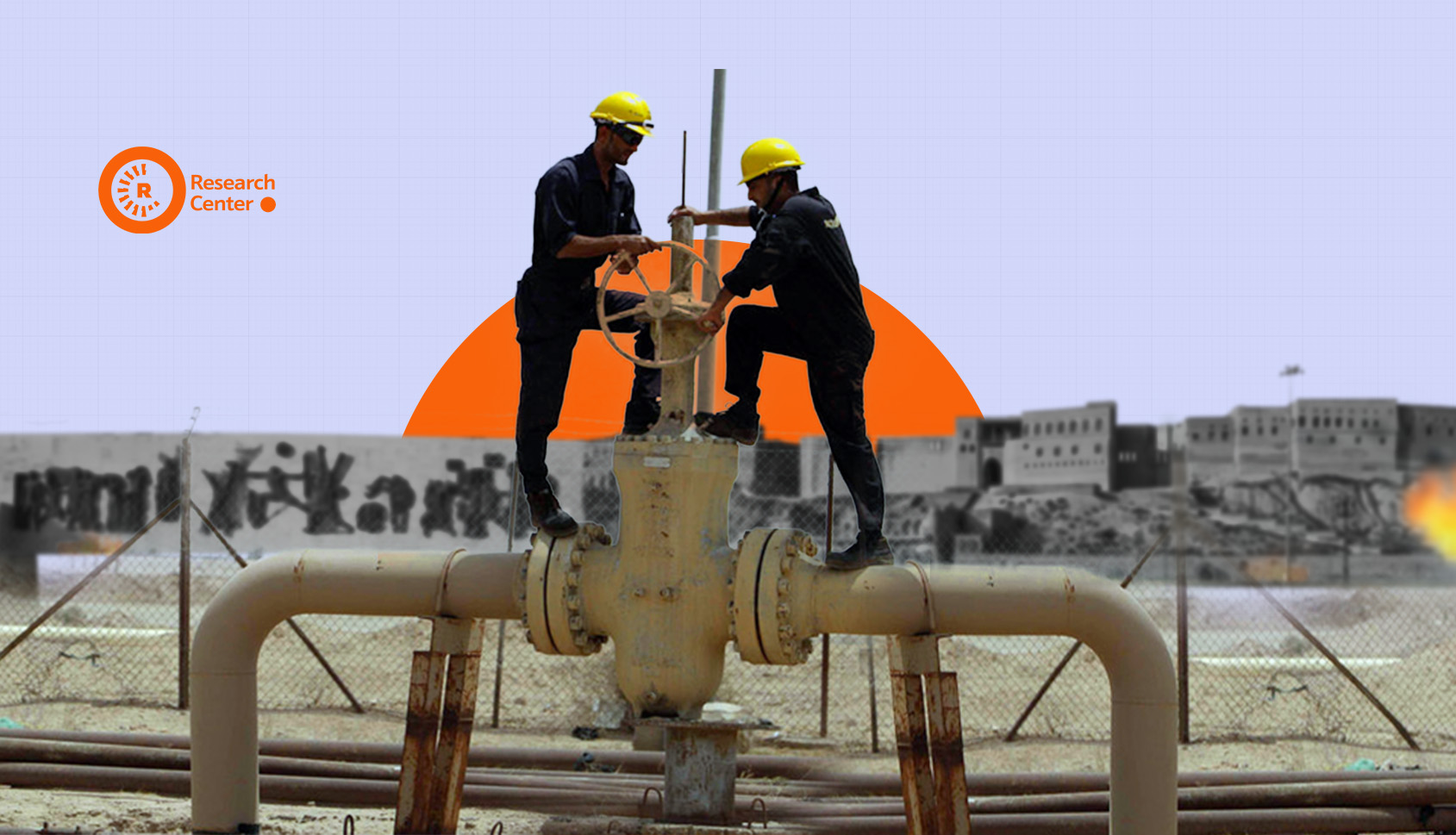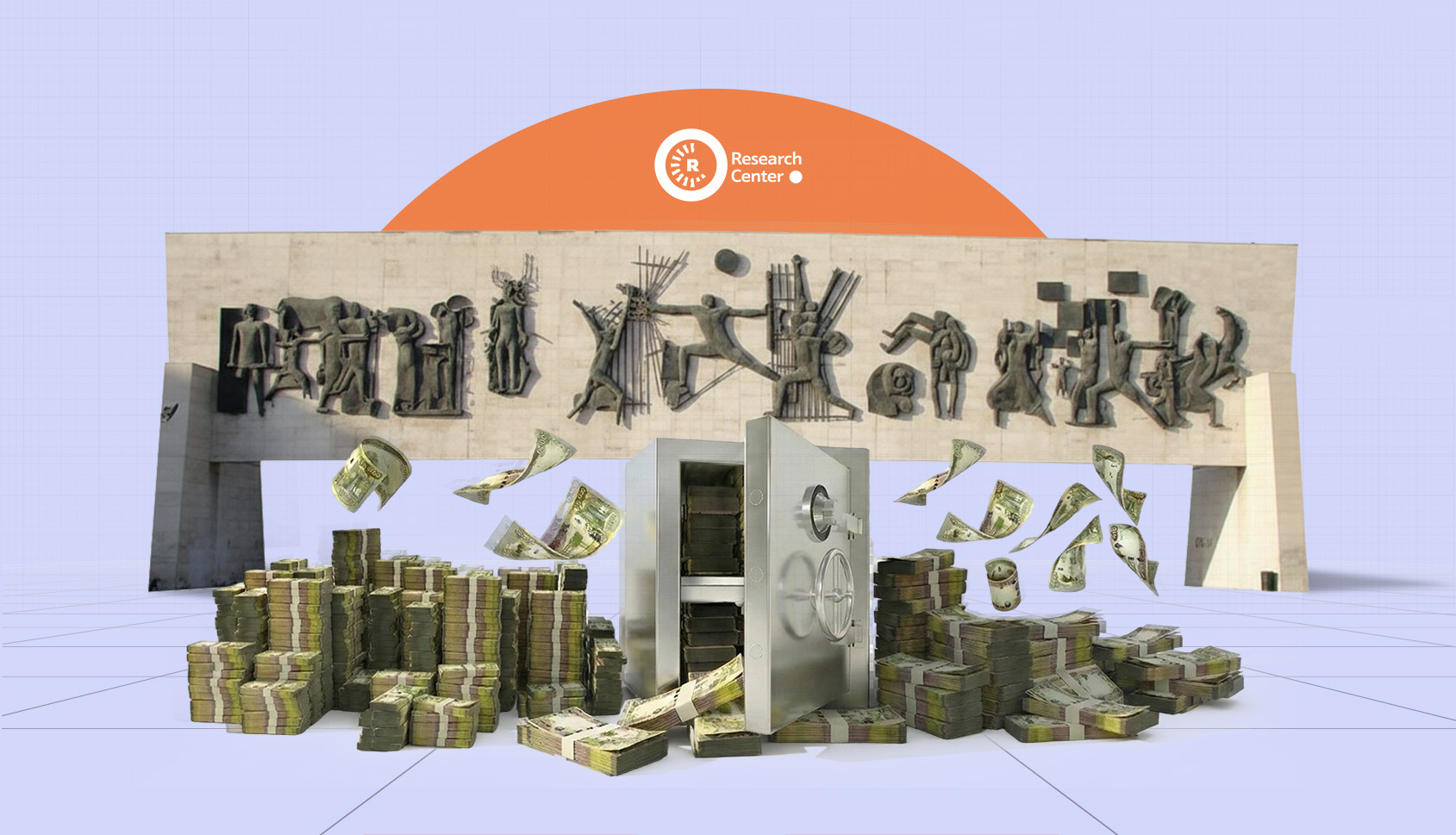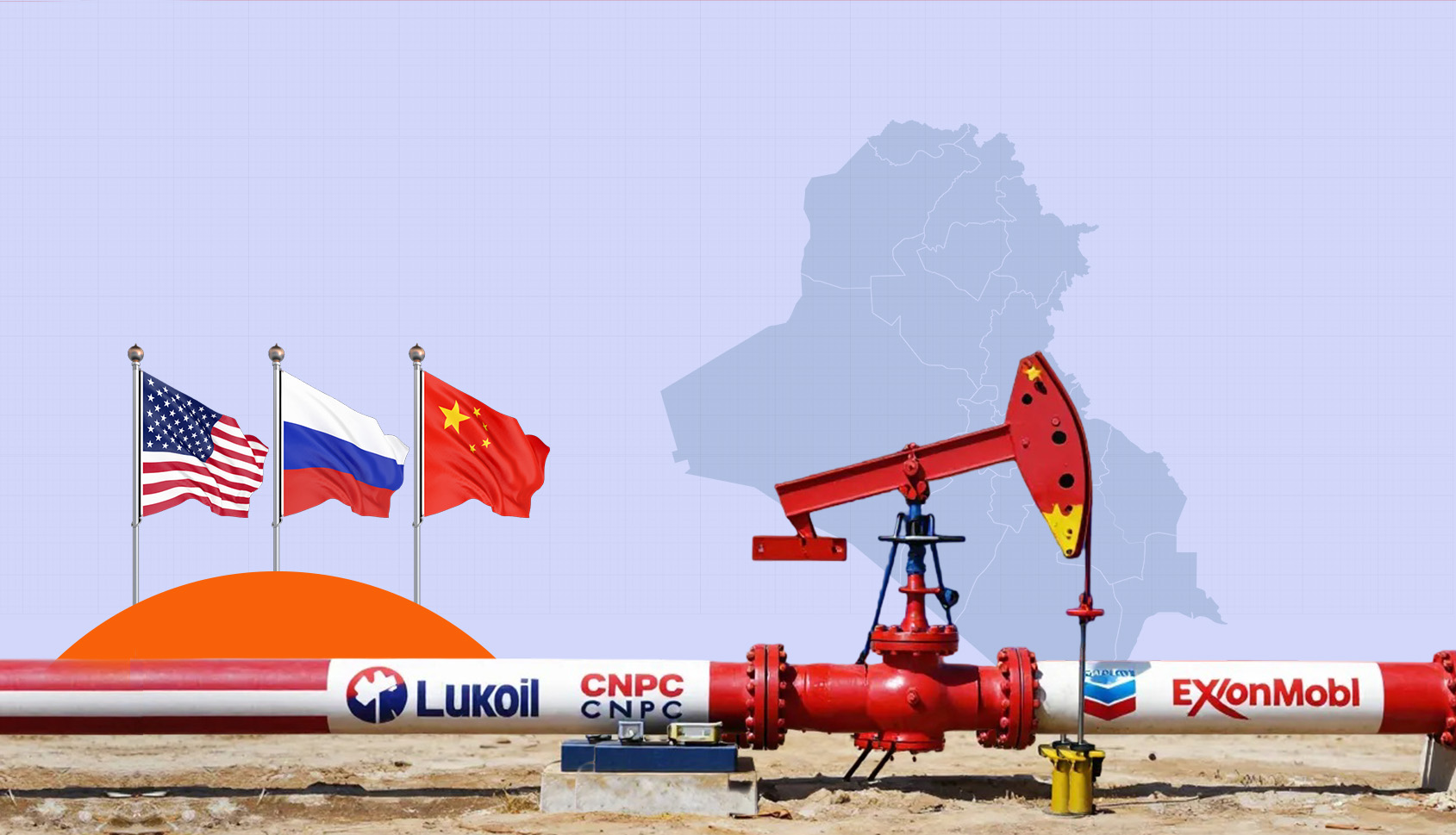Iran's early presidential elections will take place later this month amidst turbulent domestic and international politics and a severe economic crisis. While significant changes are not expected, the elections, though not fully free, function as a mechanism for internal political competition in Iran.
This election will be a crucial test for both conservatives and reformists in the country. The main challenge for conservatives is maintaining internal unity, while reformists struggle to persuade people to vote. The election is also significant for the Iranian leadership in terms of renewing the legitimacy of the entire system and preparing for the possibility of Trump's return to the U.S. presidency.
The decision to allow a prominent reformist candidate to participate may aim to boost public engagement, marking a departure from past elections where such candidates were excluded. Internal conservative rivalries, coupled with competition from Massoud Pezeshkian, could influence voter turnout. According to official government data, voter participation averaged 66% over the last 13 presidential elections but dropped to 49% in the 2021 election. Turnout has decreased by 20% across all Iranian provinces, with Tehran experiencing the largest decline at 41.98% below the average, followed by Kurdistan province (Sanandaj) with a 39.4% decrease. Significant drops were also noted in East Azerbaijan among Azeris and in Khuzestan among Arabs.
Additionally, several other major Iranian cities have also witnessed similar increases in voter turnout. In the parliamentary elections, the overall turnout was 59%, down from 41% recorded the previous year. Apart from South Khorasan and Kohgiluyeh and Boyer Ahmad provinces, which saw an increase of approximately 6%, turnout decreased by 16% in other provinces. Notably, 14 provinces experienced reductions exceeding 15%, with turnout dropping to 37% in Tehran, 31% in Kermanshah, 21% in Isfahan, 18% in East Azerbaijan, and over 15% in Khuzestan and Sistan. This trend mirrors the pattern observed in the 2021 presidential election, where Tehran, along with other major cities and ethnic or religious centers such as Kurds, Azeris, Arabs, and Baluchs, consistently reported lower voter turnout.
The decline in voter turnout carries significant consequences: major cities like Tehran have seen reduced participation from urban middle-class voters, while ethnic and religious groups across Iran are showing decreased willingness to vote. Approximately 77 percent of Iran's population resides in urban areas, totaling more than 68 million out of the country's 88 million people. Despite Iran's recent GDP growth of 3.8 percent, job creation has stalled, with an overall unemployment rate of 9 percent, rising to 15 percent among youth last year. Under the Biden administration, Iranian oil revenues have increased compared to the Trump era. Taxes contribute 40% of state revenue, bolstering the financial outlook, yet inflation, which surpassed 40% in 2023, remains a pressing concern, particularly impacting a 40% rise in food prices for the populace.
Approximately 77 million Iranians receive direct financial assistance from the state, yet the middle class is under severe economic pressure, with its political demands often conflicting with current government policies. Allowing a reformist candidate popular among the middle classes might aim to reconcile these groups with the ballot box. Introducing candidates with moderate views on ethnic group rights could also encourage participation from these groups.Their decision to include Pezeshkian, who advocates for the rights of ethnic groups with a more moderate stance, may aim to encourage greater participation from these communities.
Mohammad Baqeri Qalibaf’s father was a Kurd from Khorasan, and Pzeshkian’s mother was a Kurd from Mahabad, or at least born there. Additionally, his father also has Azerbaijani roots.Furthermore, the emphasis on the importance of ethnic groups participating in state administration is intended to attract more members of these communities to the polls.
Polls indicate a declining trend among those committed to voting or vice versa, with an increasing number of hesitant voters. An ISPA poll forecasts a turnout of 42.5 percent, while the Parliamentary Research Center estimates it at 45.5 percent. ISPA reported a non-participation rate of 27.2% and an undecided rate of 30.5%. The Parliamentary Research Center provided figures of 21.4% for non-participation and 31.8% for undecided voters. However, the combined results of seven polls from ISPA, the Parliamentary Research Center, and Imam Sadiq University suggest a turnout of 48 percent.Although some polls may be questionable, they are useful for indicating voting trends rather than making precise predictions.
In the last elections in March, 61,172,298 people were eligible to vote. Based on polls, around 29 million people might vote in the upcoming election. According to combined poll results, Saeed Jalili could receive 23 percent, Pezeshkian 20.5 percent, Qalibaf 20 percent, and other candidates 6 percent. The significant portion of undecided voters (around 30.5%) will be crucial. If conservatives remain divided, the election might go to a second round since no candidate is likely to secure an absolute majority. If the undecided vote swings towards the reformist Pezeshkian, he could win in the first round by a narrow margin. However, if conservatives unite at the last minute and not all undecided votes go to Pezeshkian, a conservative candidate is likely to prevail.Another notable point is that in the past 13 presidential elections, invalid votes averaged 3%. However, in the most recent election, the percentage rose sharply to 12.8%, totaling 3,708,870 votes, which significantly impacts the forecasts.
Unless a similar scenario unfolds as in previous elections, where some conservative candidates, including the current Speaker of Parliament Qalibaf, withdrew in favor of the president, the primary contest will be among Mohammad Baqeri Qalibaf, Massoud Pezeshkian, and Saeed Jalili.
Among conservatives, Mohammad Baqeri Qalibaf, a prominent Iranian military-political figure whose father is from Khorasan, is making his fourth bid for the presidency. He garnered over 4 million votes in 2005 and approximately 6 million in 2013, withdrawing in favor of President Raisi in 2017. In the recent parliamentary elections, Qalibaf and his close ally, the Justice and Development Party, formed the Islamic Revolutionary Forces Coalition Council (Shana) and successfully secured his re-election as Speaker of Parliament amid internal conservative rivalries. Qalibaf faces significant competition within the conservative camp. His coalition also includes the current Mayor of Tehran, Ali Reza Zakani.
Meanwhile, the Stability Front, another prominent conservative coalition led by a former minister under Ahmadinejad, seems inclined towards Saeedi Jalili, though they have expressed readiness to support consensus candidates after deliberation. Concerns about avoiding a repeat of Ahmadinejad's presidency have caused some conservative leaders to approach Jalili's candidacy cautiously.
The Iranian Revolutionary Guards have emphasized that the next president should not pose an obstruction, a stance interpreted as not challenging the Supreme Leader. Rahim Safavi, the leader's military adviser, stated that the people should elect someone who aligns with the Supreme Leader's views, possibly referencing past presidents Ahmadinejad and Rouhani, who occasionally diverged from the Supreme Leader's direction.
The Union Council of the Islamic Revolutionary Forces, comprising traditional conservatives with approximately 13 parliamentary seats, supports Mustafapour Mohammadi. The choices of the other three conservative coalitions—Iran's Tomorrow, the Strategic Network of Supporters of the Islamic Revolution (Shrian), and the Coalition of Revolutionary Forces (Amna)—remain unclear. The presence of multiple factions signals diverse interests and divisions within the conservative camp, likely to follow the Supreme Leader's guidance as long as he is alive.
Regardless of the outcome—whether it's Pezeshkian or another candidate—there is unlikely to be discord with the Iranian leadership. Masoud Pezeshkian has affirmed his commitment to align with the Supreme Leader's overarching policies without seeking drastic changes. Additionally, preparations for potential scenarios like Trump's return to power, which may differ from Biden's approach to Iran, suggest strategic electoral maneuvering. A competitive albeit controlled election with increased voter turnout could bolster the government's legitimacy and convey a willingness to engage in diplomacy with the United States. Ultimately, voter participation will determine the election's outcome, underscoring its significance amidst intricate political dynamics.






